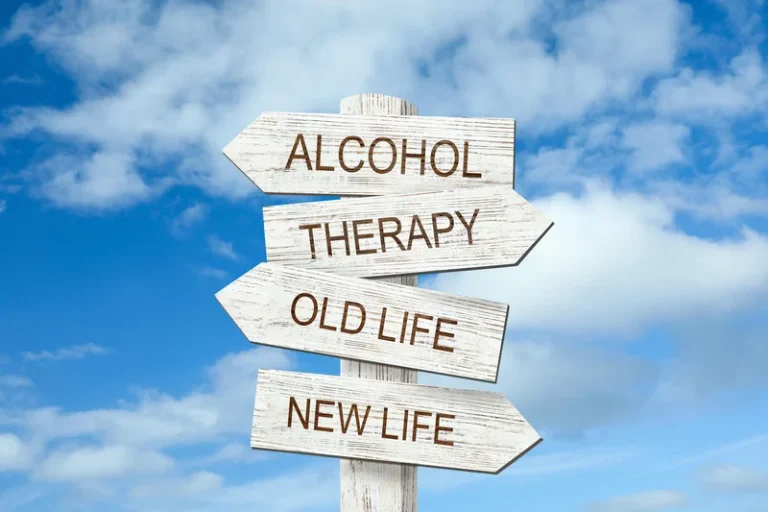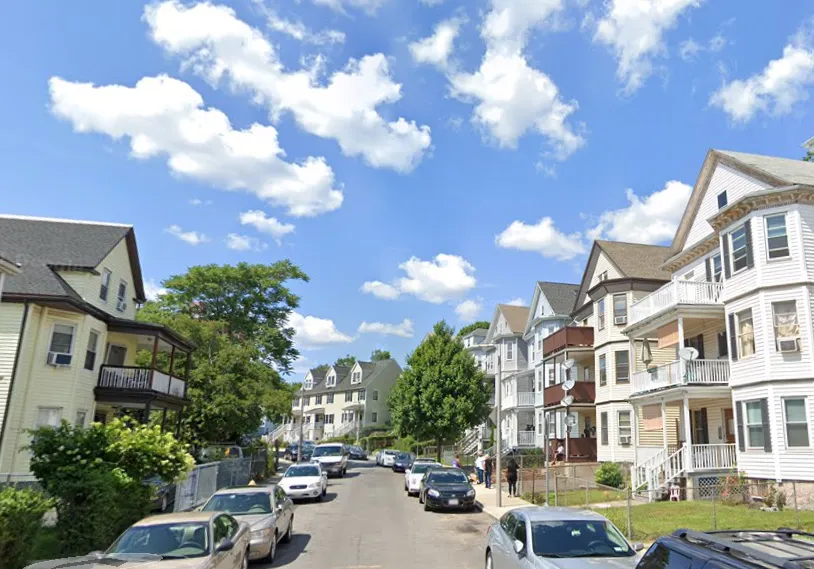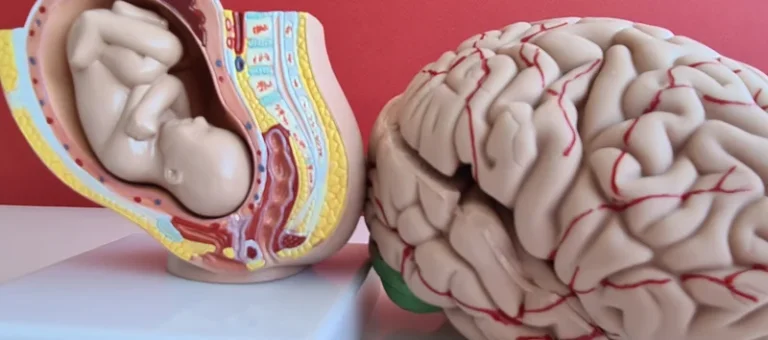
Additional factors include more objective measures, such as economic status of the neighborhood, the proximity and density of mental health and substance use services as well as destructive influences (e.g., alcohol outlets). The following sections briefly overview of house and neighborhood factors and considerations for using these findings to improve outcomes. Also like other sober-living environments, halfway houses generally have systems in place to keep residents sober, and drugs tests are usually administered to monitor for any substance use. They also often come with additional mental health, medical, recovery or educational services that help people get accustomed to their new lives. SLH operations are overseen by a house manager, who is typically a person in recovery and often a person who has lived in an SLH as a resident.
- Sober living plays a pivotal role in this process, offering a structured yet flexible environment where you can forge a path toward a substance-free life.
- Often, a person in recovery rents out rooms, collects money for rent and bills, evicts individuals for relapse and either mandates or strongly encourages attendance at 12-step meetings.
- They offer no formal treatment but either mandate or strongly encourage attendance at 12-step groups.
- The program has found that increased limits and responsibilities early in the residence helps individuals adapt to the sober living environment.
Recovery in context: Sober living houses and the ecology of recovery
Our 5-year longitudinal study funded by the National Institute on Alcohol Abuse and Alcoholism titled, “An Evaluation of Sober Living Houses” is then described. Particular attention is paid to the structure, operations, and purported therapeutic factors of SLH’s. Finally, baseline findings from our research that describe the characteristics of individuals entering the houses and 6-month outcomes on 130 residents are presented. Differences between houses based on capacity of residents mirrored those found for monthly fees, likely because expenses can be shared among more residents.
Phone, Video, or Live-Chat Support
New residents may enter for a variety of reasons, but these may have little bearing on how long they are likely to stay and whether they may benefit from their stay. The most common concern of affordability points to SLH operators needing sober living blog to discuss financial options for payments upon entry and possibly setting up programs to aid residents. Reasons for choosing related to employment problems severity may indicate the influence of employment concerns on housing decisions.
- Also like other SLH models, each house has a house manager who is responsible for ensuring house rules and requirements are followed.
- This structure helps you build discipline and accountability, key components for a sober life.
- These homes offer numerous benefits that can significantly improve your chances of maintaining long-term sobriety and leading a healthier, more fulfilling life.
- The primary outcome, abstinence, was a dichotomized variable indicating whether participants’ TLFB indicated any drugs or alcohol in the prior six months.
Moving Social Model Recovery Forward: Recent Research on Sober Living Houses
The drinking status of the social network was calculated by multiplying the amount of contact by the drinking pattern of each network member, averaged across the network. The same method is applied to obtain the drug status of the network member; the amount of contact is multiplied by the pattern of drug use and averaged across network members. The current paper focused on social model recovery in SLHs because these houses are the most explicit in their adoption of the social model approach to recovery. However, integration of social model principles exists to varying degrees across all four levels described by NARR (2018).

People walk past an East Harlem health clinic that offers free needles and other services to drug users on in New York. Research suggests they often thrive in long-term recovery, reconnecting with family and enjoying economic success. While tragic, the 100,000 fatal drug overdoses last year actually claimed the lives of a tiny percentage of the 31.9 million Americans who use illegal drugs. Researchers say this data — and this lived experience — contradicts a widespread misperception that substance-use disorder is a permanent affliction and often fatal. But in a pattern researchers say is common, Mable-Jones’ illness eventually eased. She found treatment that worked and has lived drug-free for more than 20 years.

2. Reasons for choosing SLHs
This finding suggests that residents who are not focused on recovery when they enter SLHs may still experience the benefits of living in a social environment that is focused on recovery. Managers may justifiably focus on engaging all residents, regardless of their stated motivation. As SLHs gain more recognition as an evidence-based recovery option, funding SLH stays will remain critical, especially for those who might enter SLHs only because they are seeking affordable https://ecosoberhouse.com/ housing. Providers should consider scholarship programs, e.g., with funding from prior house residents, the broader recovery and/or local community, or others interested in supporting individuals in recovery. Geocoding allows addresses to be assigned latitude and longitude coordinates based on their location; it also provides the capability to calculate proximity measures (distance to nearest and time to nearest) in relation to other geocoded locations.
The Neighborhood Context of Recovery

We encourage everyone to reinforce positive lifestyle changes through adventure, support, and peer feedback. Sober living homes are not just about providing a roof over your head; they foster a sense of belonging and mutual support. Here, you’ll find individuals at various stages of their recovery, each contributing to a collective reservoir of hope, strength, and encouragement. This network is pivotal in reducing feelings of isolation, often a trigger for relapse. When you’re on the journey of recovery, integrating back into your daily life can be daunting.
Shots – Health News

For example, Mericle and colleagues (2014) studied recovery residences in Philadelphia and found wide variation of subscale scores. Most recovery home service providers rated their homes high on recovery philosophy but low on peer governance. Thus, subscale scores provide a way to assess different aspects of social model so recovery residences can more strategically address social model aspects that are limited. One thing that can save lives are sober living homes that give people spaces and tools to start a life of recovery, but these homes aren’t always welcomed by the community at large. West Virginia Public Broadcasting’s June Leffler has more from a town that’s seen an influx in addiction services and a resulting backlash.
What to Know About the Sober Living House

“We are literally surrounded by people who are in recovery from a substance-use disorder, but we don’t know it,” Kelly said. Americans often see the more destructive side of addiction, drug crime, people slumped in doorways and family members who are spiraling downward. A separate study published by the CDC and the National Institute on Drug Abuse in 2020 found 3 out of 4 people who experience addiction eventually recover. The overall effect of house gender was tested as well as differences by house gender by altering the reference group when the overall effect was significant. California ABC data were used to create two different types of density measures within two different distances from the SLHs.
